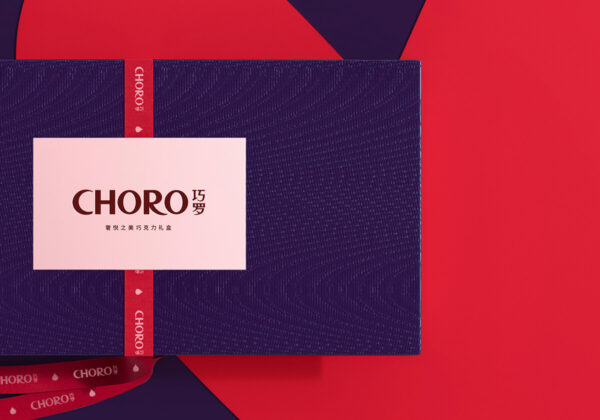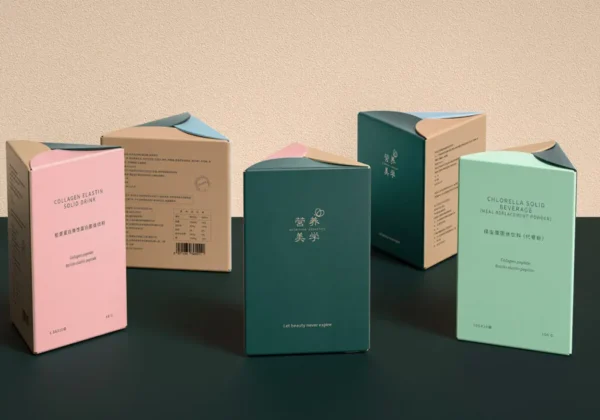Introduction
In today’s competitive market, the importance of packaging design for product success cannot be overstated. A well-designed package not only protects the product but also communicates the brand’s identity, attracts customers, and influences purchasing decisions. This comprehensive guide will cover everything from understanding your product and brand to measuring the success of your packaging design.
1.Understanding Your Product and Brand
Analyzing Product Specifications
- Size and Shape: Determine the dimensions and shape of your product to ensure the packaging fits perfectly.
- Fragility: Assess the product’s fragility to decide on the necessary protective features.
Defining Your Brand Identity and Values
- Brand Identity: Clearly define your brand’s personality and values to ensure the packaging reflects these elements.
- Brand Values: Consider how your packaging can communicate your brand values, such as sustainability or luxury.
Identifying Your Target Audience
- Demographics: Identify the age, gender, and location of your target audience.
- Psychographics: Understand the lifestyle, values, and interests of your target market to design packaging that resonates with them.
2.Research and Planning
Conducting Market Research
- Trends: Identify current packaging design trends in your industry.
- Consumer Preferences: Understand what packaging features appeal to your target audience.
Analyzing Competitor Packaging
- Strengths and Weaknesses: Study your competitors’ packaging to learn what works and what doesn’t.
- Differentiation: Determine how to make your packaging stand out in the market.
Setting Packaging Design Goals and Objectives
- Goals: Set clear objectives, such as increasing brand recognition or improving customer satisfaction.
- KPIs: Establish key performance indicators to measure the success of your packaging design.
3.Creating a Packaging Design Brief
Essential Elements to Include in the Brief
- Product Information: Provide detailed information about the product.
- Brand Guidelines: Include brand colors, fonts, and logo usage.
- Target Audience: Describe the target market for the packaging.
How to Communicate Your Vision Effectively
- Visual References: Use mood boards or examples of packaging you admire.
- Clear Instructions: Provide detailed and specific instructions to guide the design process.
4.Choosing the Right Packaging Materials
Types of Packaging Materials
- Cardboard: Affordable and versatile, suitable for most products.
- Plastic: Durable and lightweight, but consider environmental impact.
- Glass: Provides a premium feel but is heavier and fragile.
Sustainability Considerations
- Eco-Friendly Materials: Opt for biodegradable or recyclable materials.
- Sustainable Practices: Implement sustainable practices in production and disposal.
Balancing Cost and Quality
- Budget: Set a realistic budget for packaging materials.
- Quality: Ensure the materials chosen do not compromise the product’s protection or appeal.
5.Structural Design Considerations
Functionality and Protection
- Protective Features: Ensure the packaging protects the product during shipping and handling.
- Functional Design: Design packaging that is easy to open and use.
Ease of Use and Storage
- User-Friendly: Make sure the packaging is easy to open and reseal if necessary.
- Storage: Design packaging that is easy to store and stack.
Transportation and Display Requirements
- Transport: Consider the transportation logistics to minimize damage.
- Display: Ensure the packaging looks appealing on shelves and stands out.
6.Visual Design Elements
Color Psychology and Selection
- Color Theory: Choose colors that evoke the desired emotions and associations.
- Brand Colors: Incorporate your brand’s color palette for consistency.
Typography and Readability
- Font Selection: Choose fonts that are easy to read and reflect your brand’s personality.
- Readability: Ensure the text is legible and well-spaced.
Imagery and Graphics
- Visual Appeal: Use high-quality images and graphics to enhance the packaging.
- Brand Consistency: Ensure all visuals align with your brand’s identity.
Logo Placement and Brand Consistency
- Logo Visibility: Place your logo prominently on the packaging.
- Consistency: Maintain brand consistency across all packaging elements.
7.Legal and Regulatory Compliance
Required Information and Labeling
- Product Information: Include necessary product details such as ingredients, usage instructions, and expiration dates.
- Compliance: Ensure all labeling complies with industry regulations.
Industry-Specific Regulations
- Standards: Adhere to any specific standards or regulations in your industry.
- Certifications: Obtain necessary certifications to build consumer trust.
Sustainability Certifications
- Eco-Labels: Consider eco-labels or sustainability certifications to appeal to environmentally-conscious consumers.
8.Prototyping and Testing
Creating Mockups and Prototypes
- Mockups: Create digital or physical mockups to visualize the design.
- Prototypes: Develop prototypes to test the packaging in real-world conditions.
Conducting User Testing
- Feedback: Gather feedback from potential customers or focus groups.
- Improvements: Use the feedback to make necessary adjustments to the design.
Iterating Based on Feedback
- Refinement: Continuously refine the design based on user feedback.
- Final Approval: Ensure the final design meets all requirements and expectations.
9.Production and Quality Control
Choosing a Packaging Manufacturer
- Reputation: Select a manufacturer with a good reputation and experience in your industry.
- Capabilities: Ensure they can meet your quality and production requirements.
Ensuring Consistent Quality
- Quality Checks: Implement quality control measures to maintain consistency.
- Standards: Ensure the manufacturer adheres to your quality standards.
Managing Costs and Timelines
- Budget Management: Monitor production costs to stay within budget.
- Timelines: Ensure the production timeline aligns with your product launch schedule.
10.Measuring Success and Continuous Improvement
Key Performance Indicators for Packaging Design
- Sales Metrics: Track changes in sales volume or revenue.
- Customer Feedback: Gather and analyze customer feedback on the packaging.
Gathering Customer Feedback
- Surveys: Use surveys or reviews to gather insights from customers.
- Social Media: Monitor social media for customer comments and feedback.
Adapting to Market Trends and Consumer Preferences
- Trends: Stay updated on packaging trends and consumer preferences.
- Improvements: Continuously improve your packaging based on market feedback and trends.
Conclusion
In conclusion, effective custom packaging design is crucial for product success. By understanding your product and brand, conducting thorough research, and continuously improving your design, you can create packaging that not only protects your product but also enhances your brand’s appeal and boosts sales. Remember, ongoing optimization and adaptation to market trends are vital to maintaining a competitive edge.





